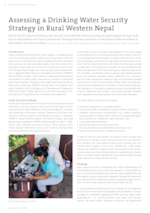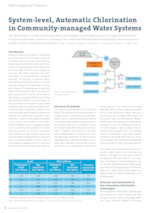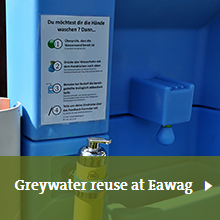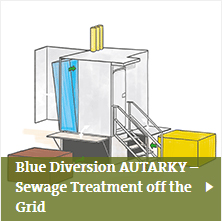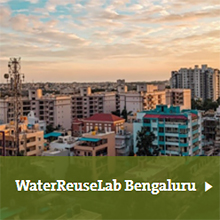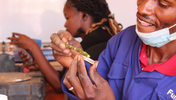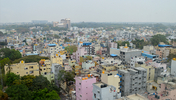Low-cost Chlorination for Safe Water
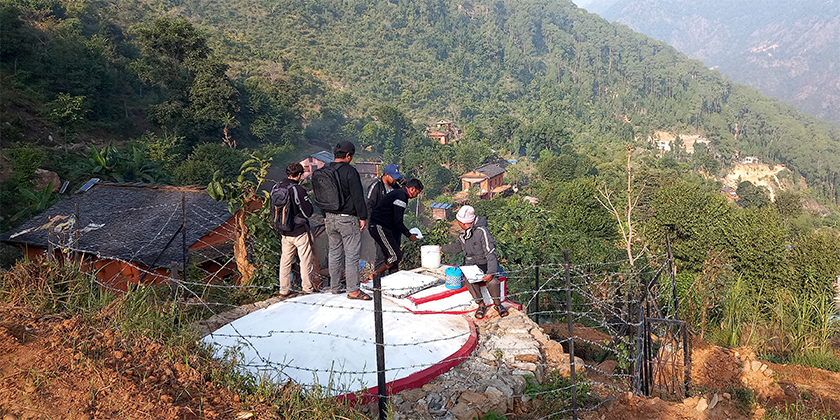
Contaminated drinking water sources and recontamination of safe drinking water during transport and storage at the household level remain major concerns in many low-income settings and are leading causes of infectious diseases. The reuse of water can also endanger human health if the water is not appropriately treated. Chlorination has proven to be a simple and effective disinfection method for reducing the incidence of waterborne diseases by inactivating pathogens and protecting against recontamination by providing a residual disinfectant.
Research groups from the Sandec, Process Engineering and Environmental Microbiology departments of Eawag are evaluating innovative approaches to improve low-cost chlorination as a viable option for water treatment and reuse in low-income regions.
Several projects across these departments assess the benefits of chlorination, including its affordability, performance of technical solutions, operation and maintenance requirements, ease of implementation, requirement and availability for consumables and spare parts, and protection against recontamination.
Drinking water disinfection
One of the key research areas is low-cost in-line chlorination for drinking water disinfection in simple piped networks and in water kiosks. Compared to chlorination at the household level, this approach ensures that the water is consistently chlorinated and allows a more centralized operation and maintenance of the chlorination system, reducing the burden on individual households. In-line chlorination systems automatically control the chlorine dosage, ensuring continuous treatment of water while reducing the required labor of manual dosing.
Sandec News
Team
On-site reuse of water
Another area of focus is the implementation of simple chlorination systems for safe on-site reuse of water. For example, toilets with separate collection of water, urine and feces allow for treatment and recycling of water for handwashing or toilet flushing. In addition, chlorination systems can also play an important role for decentralized reuse of greywater.
Team
Publications
Scientific publications – Drinking water disinfection
Scientific publications – Water reuse
Involved Departments
Massive Open Online Courses (MOOCs)

Learn about the most important water treatment methods at the household level and successful implementation strategies in this open-access course entitled “Introduction to Household Water Treatment and Safe Storage”. Sign up at any time and join all the courses for free.

